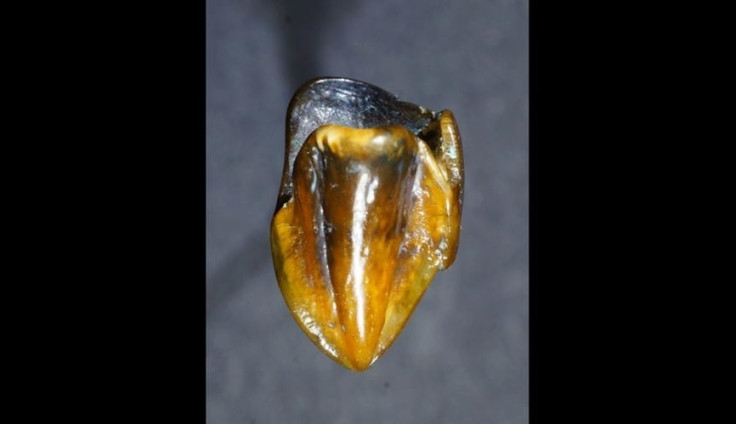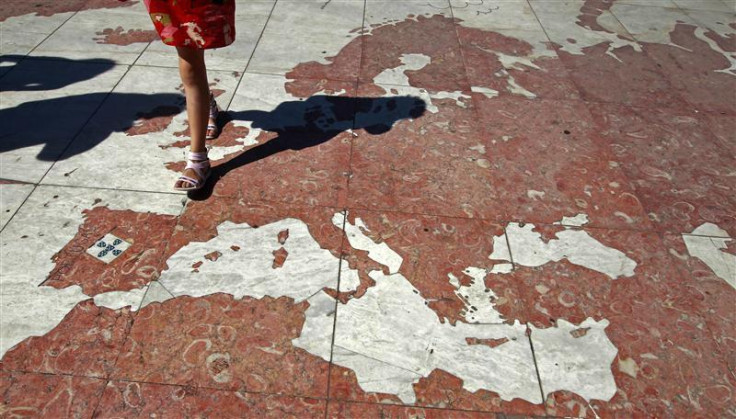Will 10-million year-old teeth crown Europe as the 'cradle of humanity'?
Discovery in Germany raise big questions about the the forebears of mankind.

Archaeologists have discovered a mysterious set of ape teeth - thought to be 9.7 million years old – which may upend our view of the evolutionary history of humans, the Museum of Natural History in Mainz has announced.
The teeth, which were found in the west German town of Eppelsheim, most closely resemble those belonging to two ancient human specimens which are only known to have lived several million years later in Africa – Lucy (Australopithecus afarensis) and Ardi (Ardipithecus ramidus) both famously discovered in Ethiopia.
However, the newly found teeth are more than twice as old as both of the African skeletons, puzzling scientists.
The first paper describing the teeth will be published online next week, but the importance of the find may not be clear until more is known about what species they belong to. At present, the fossils are being examined in detail by a specialist team, but if the teeth do turn out to belong to an early human ancestor, they would be the oldest hominin fossils ever discovered by some distance.
"They are clearly ape-teeth," Herbert Lutz, one of the researchers from the museum, was quoted as saying by local online news outlet Merkurist. "Their characteristics resemble African finds that are four to five million years younger than the fossils excavated in Eppelsheim. This is a tremendous stroke of luck, but also a great mystery."
In a press conference announcing the find, Mainz Mayor Michael Ebling said: "I don't want to over-dramatize it, but I would hypothesize that we shall have to start rewriting the history of mankind after today."
The archaeologists found the teeth while sifting through gravel and sand in a former riverbed of the Rhine – an area famous for ape fossil remains. They were discovered next to the remains of an extinct horse species which helped the researchers date the teeth.
From the end of October, the fossils will be displayed at the Rhineland-Palatinate state exhibition 'vorZEITEN', after which they will move to the Museum of Natural History in Mainz.






















